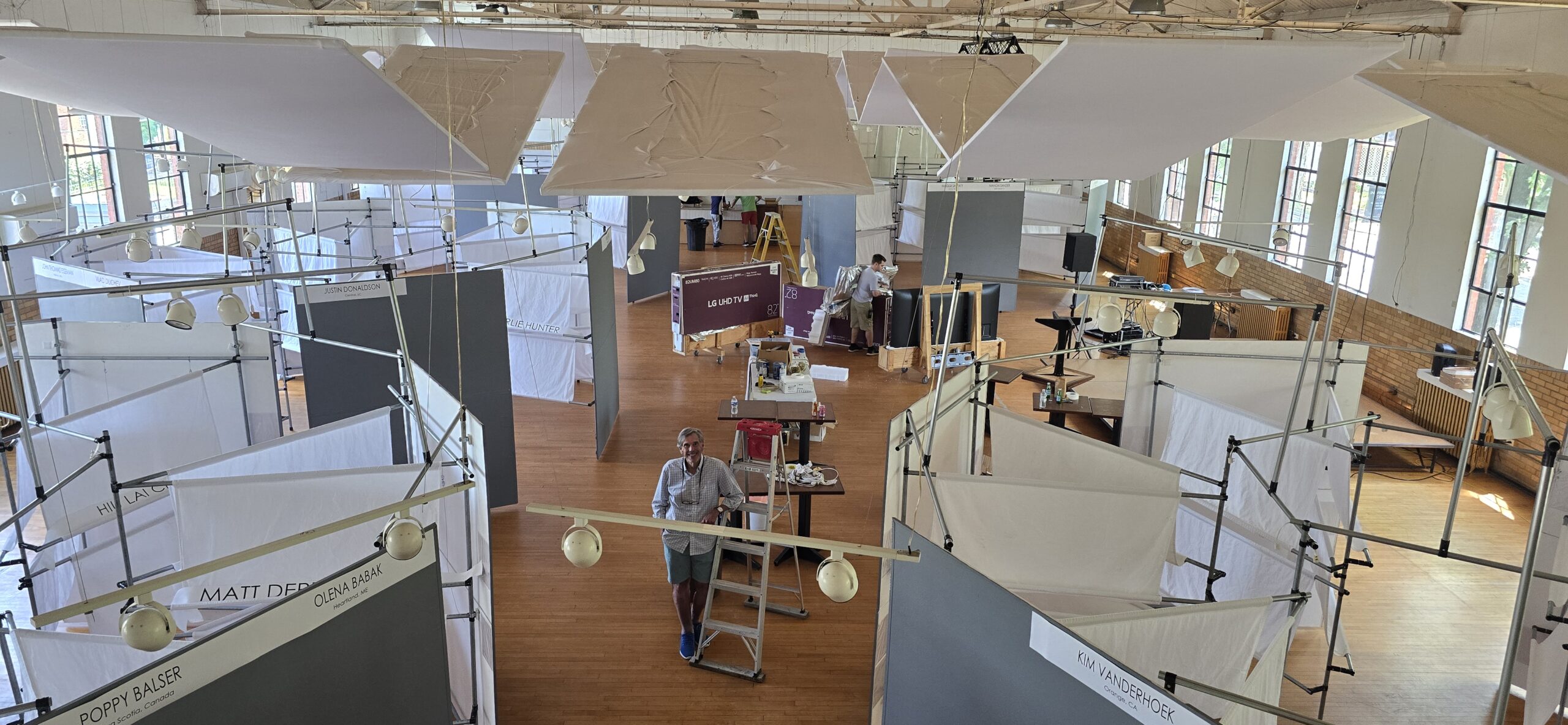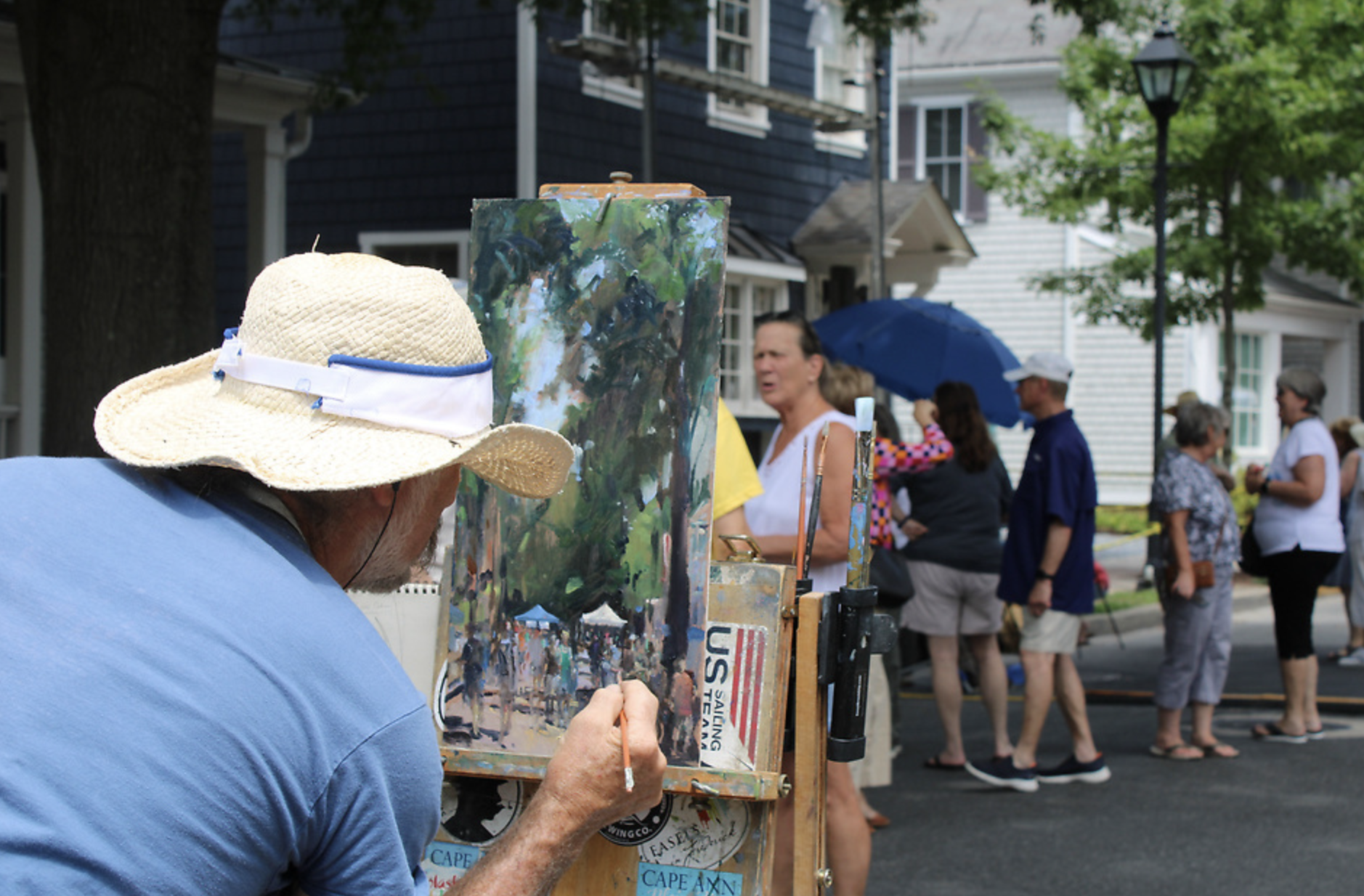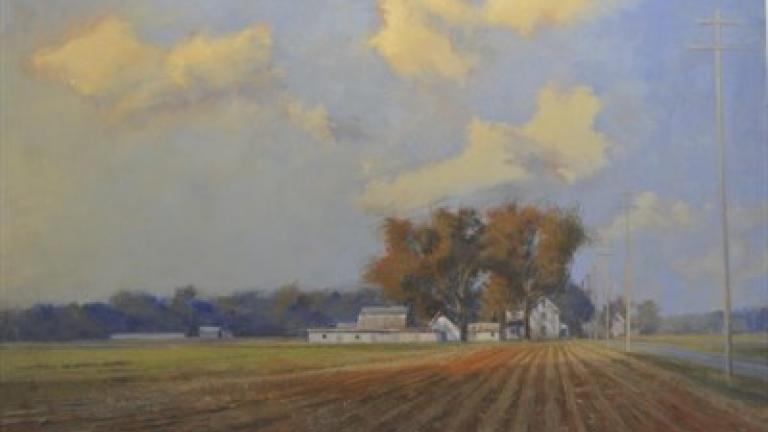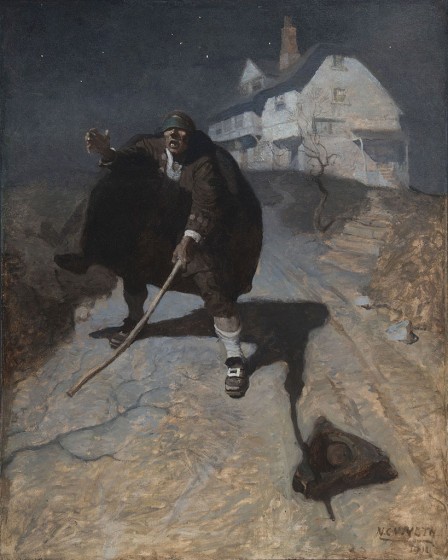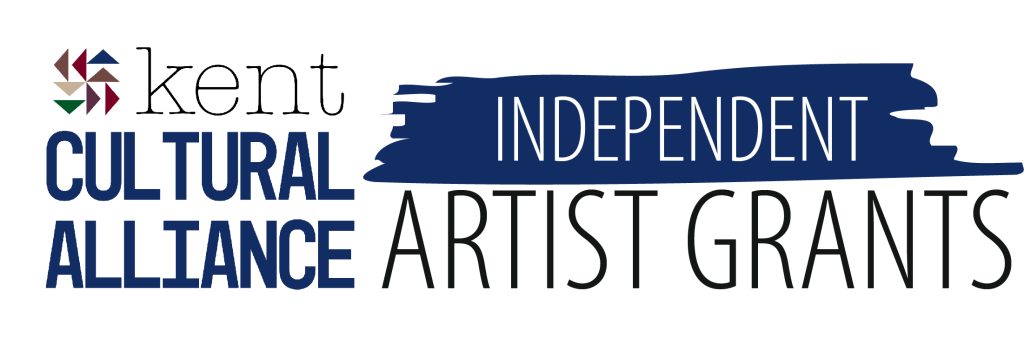 The Kent Cultural Alliance (KCA) is pleased to announce the 2025 Independent Artist Grants program, which will provide $25,000 in funding to support artists living and creating in Kent County. This initiative will award 50 individual grants of $500 each as one-time financial support for artists working in a variety of disciplines.
The Kent Cultural Alliance (KCA) is pleased to announce the 2025 Independent Artist Grants program, which will provide $25,000 in funding to support artists living and creating in Kent County. This initiative will award 50 individual grants of $500 each as one-time financial support for artists working in a variety of disciplines.
The application period will open on Saturday, February 1, 2025, at 10:00 AM and close on Sunday, March 2, 2025, at 11:59 PM. Eligible applicants must reside and actively create work in Kent County. These funds may be used for a range of artistic needs, including the purchase of materials, studio rental, marketing expenses, or equipment maintenance. However, grant funds may not be used for travel purposes.
Applicants are not required to rely on art as their primary source of income. The KCA’s definition of art is multidisciplinary and includes practices often referred to as craft. Applications will include questions related to the artist’s practice, proposed use of the grant funds, and plans for sharing their work with the community.
If the number of qualified applications exceeds the funding capacity, grant recipients will be selected through a randomized process. This will not be a first come/ first served process.
The application is available online at www.kentculture.org, where both an online submission form and a downloadable PDF version can be accessed. Artists requiring a printed copy may request one by contacting the KCA office. Paper applications can also be picked up in person at the Raimond Center, located at 101 Spring Avenue, Chestertown, during office hours (Tuesday–Friday, 10:00 AM–4:00 PM).
For questions regarding the application process, please contact Hester Sachse, Deputy Director of the Kent Cultural Alliance, at [email protected] or by phone at 410-778-3700.
The Kent Cultural Alliance is dedicated to fostering engagement, education, and connection through the arts in Kent County. These grants reflect our mission to support local artists and strengthen the creative community.


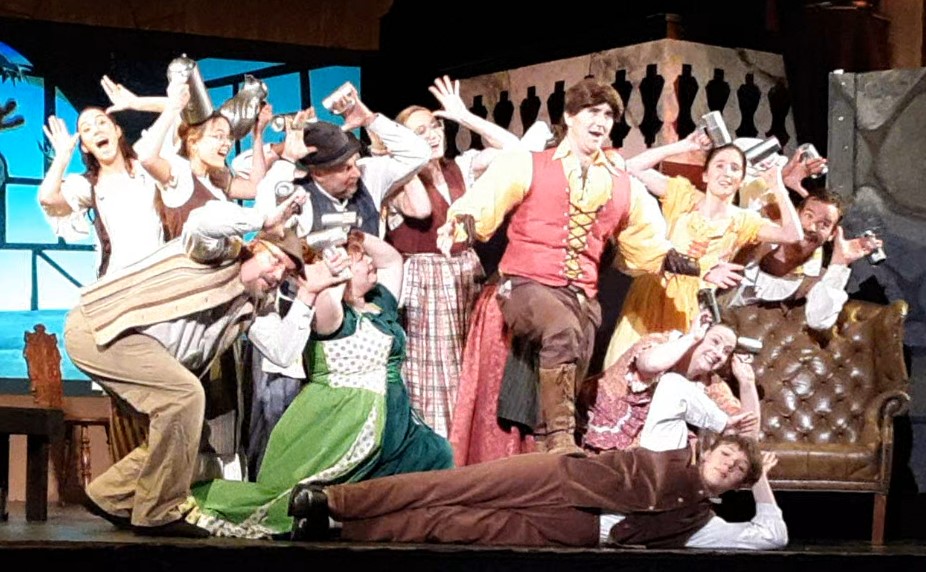
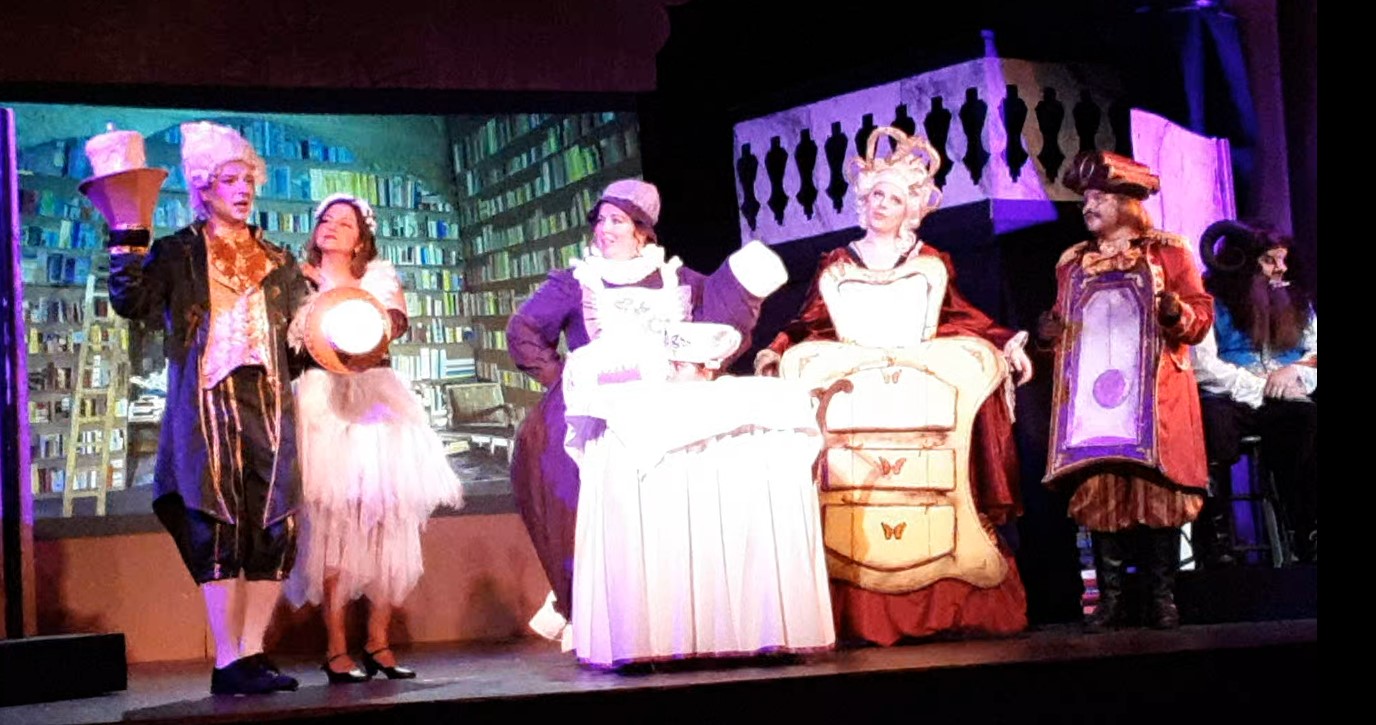

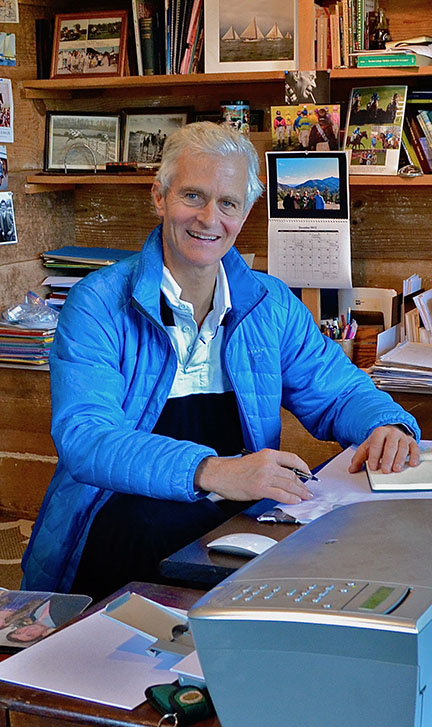

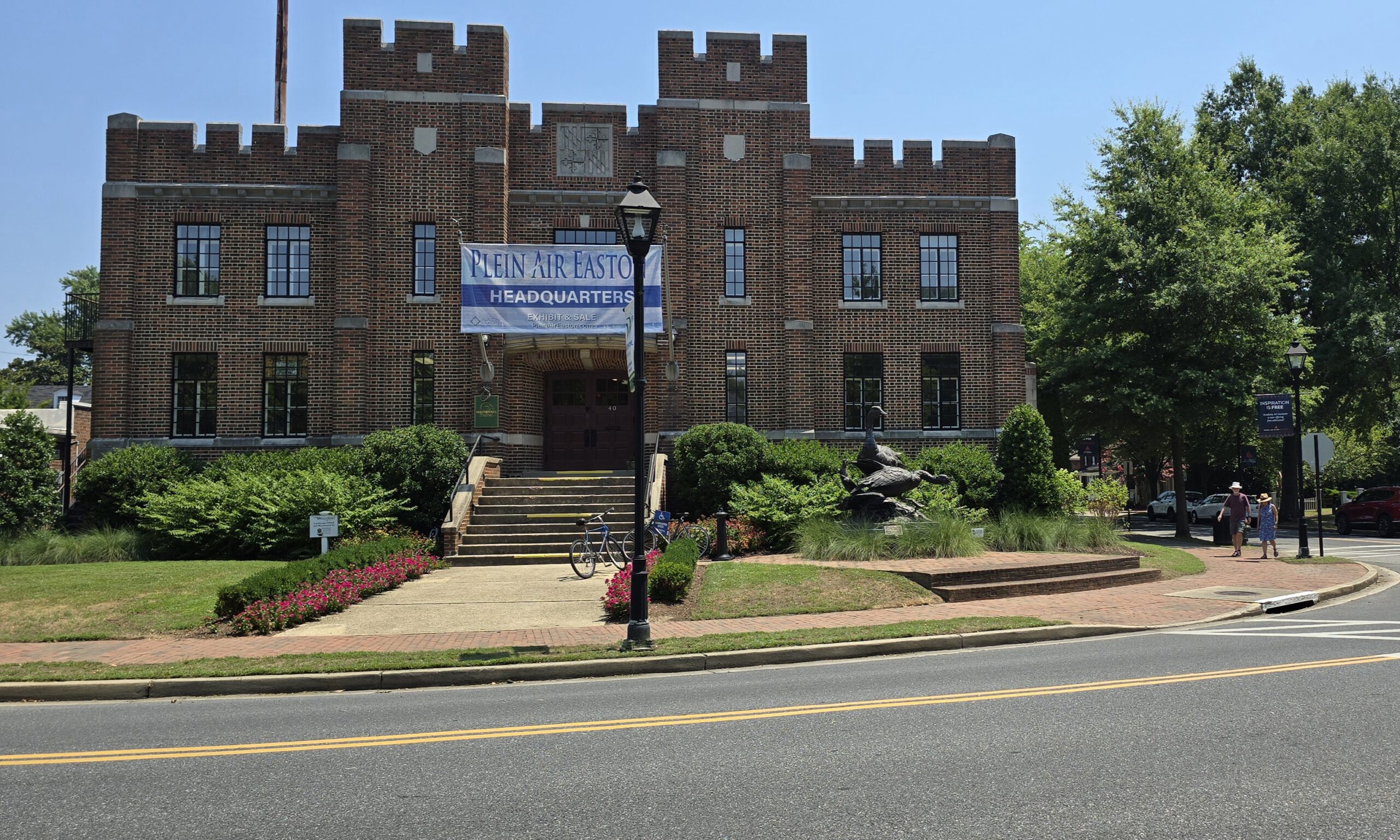
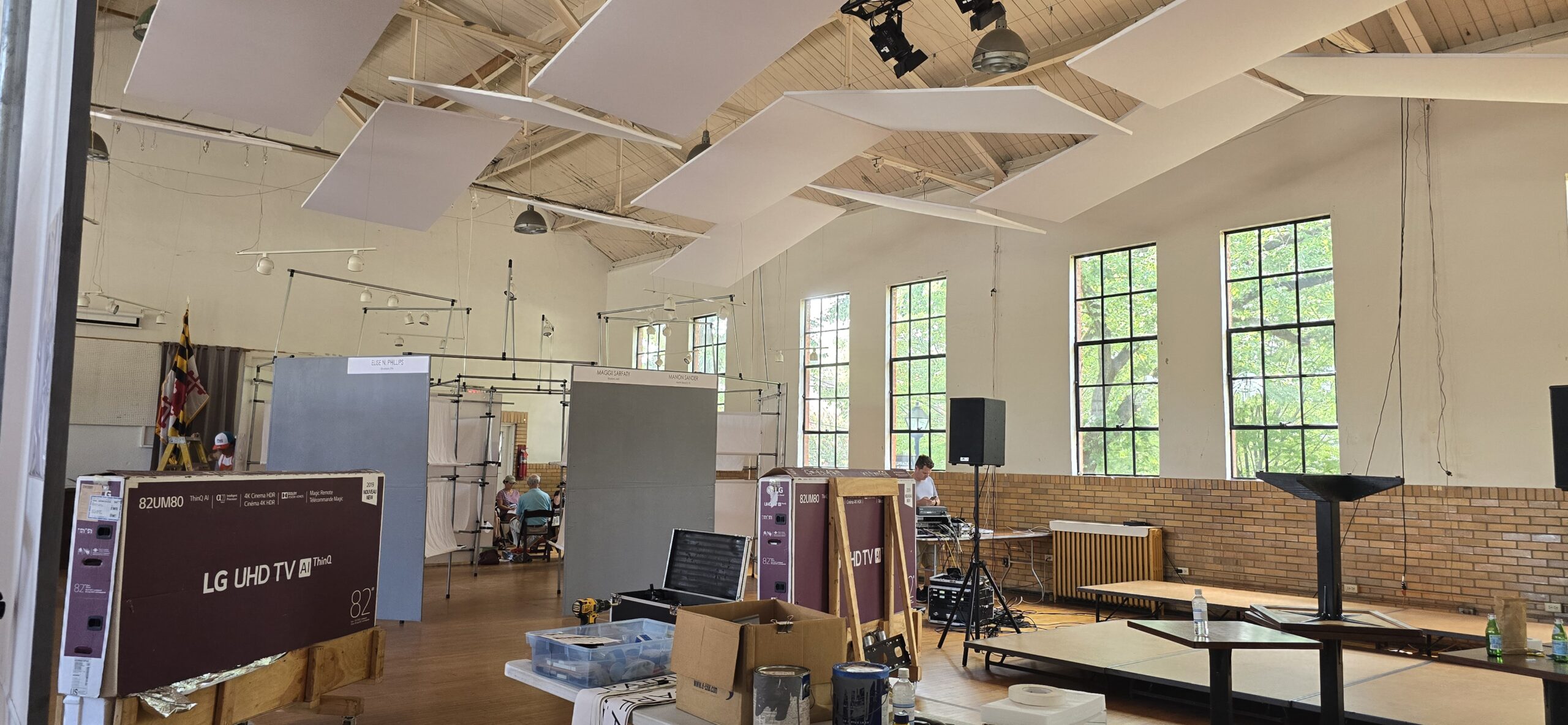 Another fascinating aspect of the building’s history involves its role as a venue for African American basketball teams during a time when such opportunities were limited. “Traditionally, African American basketball teams had limited places to play, and the armory was one of those places,” said Kilmon. “We’re unearthing this history and discovering how the armory provided space. It was free; everyone could play here. Everyone was welcome.”
Another fascinating aspect of the building’s history involves its role as a venue for African American basketball teams during a time when such opportunities were limited. “Traditionally, African American basketball teams had limited places to play, and the armory was one of those places,” said Kilmon. “We’re unearthing this history and discovering how the armory provided space. It was free; everyone could play here. Everyone was welcome.”